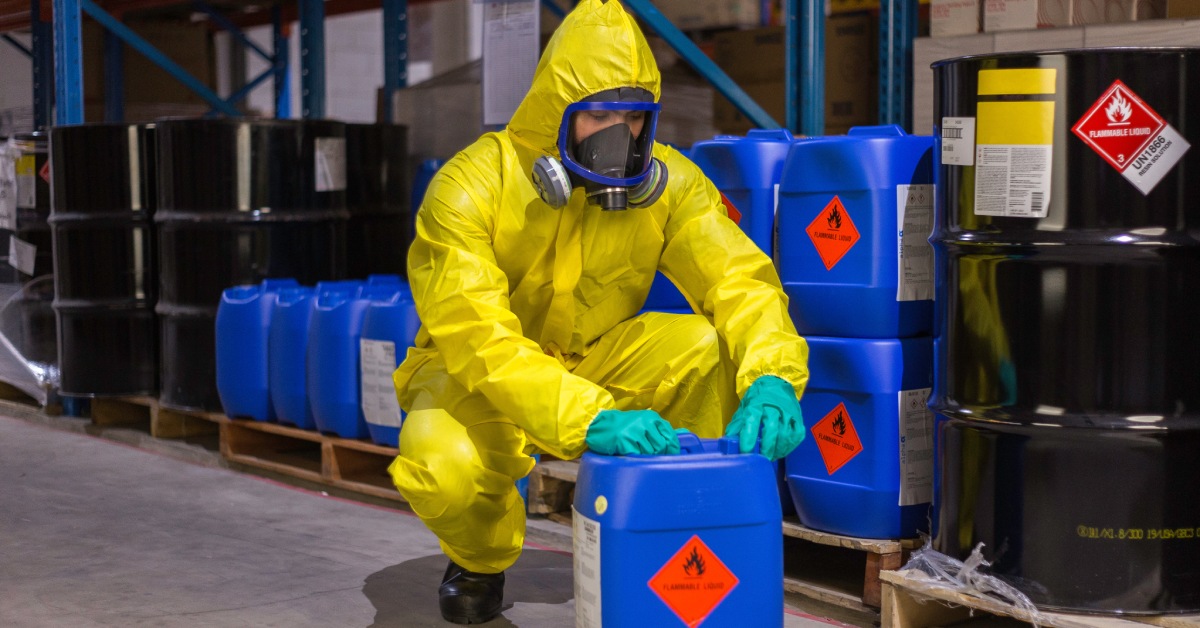In the world of industrial processes, chemical blending stands out. An important component of various industries, chemical blending ensures the production of everything from pharmaceuticals to cosmetics and cleaning agents.
But what exactly is chemical blending, and why is it bacan4d We’ll explore the intricate dance of combining chemicals to create new products and highlight its significance in everyday life and industries.
Understanding Chemical Blending
Chemical blending involves the precise mixing of substances to achieve a desired outcome. It requires accuracy, understanding, and sometimes a bit of artistry. Chemical blending can affect the efficacy of products, which impacts everything from how well a shampoo cleans your hair to the quality of the paint on your walls.
Professionals in this field consider factors like the concentration of each component, the interactions between components, and the final product’s desired properties. Chemists manage this delicate balance to make sure that the final blend meets specific standards and functions as intended.
The Role of Chemical Blending in Manufacturing
Industries depend heavily on chemical blending for manufacturing diverse products, from new cleaning solutions to pharmaceutical compounds. Companies rely on it to make sure their products perform consistently and safely.
Manufacturers must consider every aspect of the blending process, from the raw materials used to the conditions under which blending occurs. The right blend can enhance product efficiency, safety, and consumer satisfaction. This attention to detail helps companies meet regulatory standards and develop a reliable reputation. The ramifications of improper blending can be severe, often leading to product recalls or safety hazards.
Ensuring Quality Through Chemical Blending

Quality control in chemical blending involves rigorous testing and validation at every stage to maintain consistency and reliability. Companies use various techniques to monitor the blend’s quality, from analytical tests to sensory evaluations.
Each blend must meet stringent guidelines, whether for pharmaceutical purity, food safety, or industrial effectiveness. These standards guarantee that the product performs as expected in real-world applications, providing consumers with peace of mind.
The quality assurance process requires constant evaluation and adjustment, which reflects the dynamic nature of chemical blending. Advanced technologies and expert oversight guarantee that each batch produced aligns with the desired quality and performance metrics.
Innovations in Chemical Blending Techniques
The field of chemical blending is constantly evolving, with innovations enhancing efficiency and precision. Advances in technology have introduced automated systems that handle complex blending processes with incredible accuracy. These systems reduce human error and increase production speed, allowing companies to meet growing demand with consistent quality.
Innovations like real-time monitoring and feedback loops enable companies to make immediate adjustments and optimize the blending process. These advancements provide significant advantages, such as reduced waste, improved safety, and enhanced product quality. The integration of technology continues to transform chemical blending and offer new opportunities for innovation and growth across various industries.
If you’re in need of chemicals, Post Apple Scientific offers an extensive range of wholesale chemicals. By providing high-quality raw materials, we empower companies to execute precise and effective chemical blends.
Environmental Impacts of Chemical Blending
While chemical blending is important for its immense benefits, it also poses environmental challenges. The process can generate waste and emissions, so careful management is necessary to minimize ecological impact. Companies must adopt sustainable practices to address these concerns, such as recycling materials and using eco-friendly components.
Regulatory frameworks guide the safe handling and disposal of chemical waste and promote bacansports within the industry. Companies that prioritize environmental responsibility contribute to a healthier planet and enhance their brand reputation.
Safety in Chemical Blending

Safety is a top priority in chemical blending, given the risks associated with handling various substances. Companies must implement rigorous safety protocols to protect workers and consumers.
One vital aspect of safety is conducting blending operations under controlled conditions. Personal protective equipment (PPE), proper ventilation, and thorough training are other critical components of a safe blending environment. In addition, regular safety audits and adherence to industry regulations bolster protection measures and minimize the risk of accidents.
Commitment to safety fosters a culture of vigilance and responsibility, which is important for maintaining trust and integrity in the chemical blending industry.
Customization Through Chemical Blending
One of the most exciting aspects of chemical blending is its potential for customization. By adjusting the proportions and components, companies can create solutions tailored to meet specific needs. This flexibility allows for the development of unique products with distinct characteristics, boosting consumer satisfaction.
Challenges Faced in Chemical Blending
Despite its benefits, chemical blending presents several challenges that require careful management. Variability in raw materials, complex chemical interactions, and stringent regulatory requirements pose obstacles that companies must overcome.
Maintaining consistency across batches is another hurdle demanding constant vigilance and quality control. Skilled professionals must anticipate and address these challenges to support successful blending operations. Navigating these complexities requires a deep understanding of chemistry and industry-specific knowledge, which underscores the need for expertise in chemical blending.
Prospects for Chemical Blending
The future of chemical blending looks promising, with ongoing research and development paving the way for new techniques and applications. Emerging technologies such as machine learning and artificial intelligence hold the potential to revolutionize blending processes with unprecedented accuracy and efficiency.
Sustainability will continue to influence the direction of chemical blending by encouraging the adoption of greener practices and materials. Companies that stay ahead of these trends will be well-positioned to thrive in an increasingly competitive landscape. The evolving nature of chemical blending promises exciting opportunities for growth and innovation, shaping the future of industries worldwide.
Chemical blending plays a significant role in numerous industries, ensuring quality and consistency in the products we use daily. Its importance extends beyond mere production by influencing innovation, safety, and sustainability. By understanding the intricacies of chemical blending, industries can harness its potential to drive progress and meet consumer needs.
Partnering with reliable suppliers like Post Apple Scientific can enhance blending efficiency and quality. We’ve been selling scientific supplies for over 40 years. With our extensive line of products, you can be sure to find a chemical option that works best for your needs.

